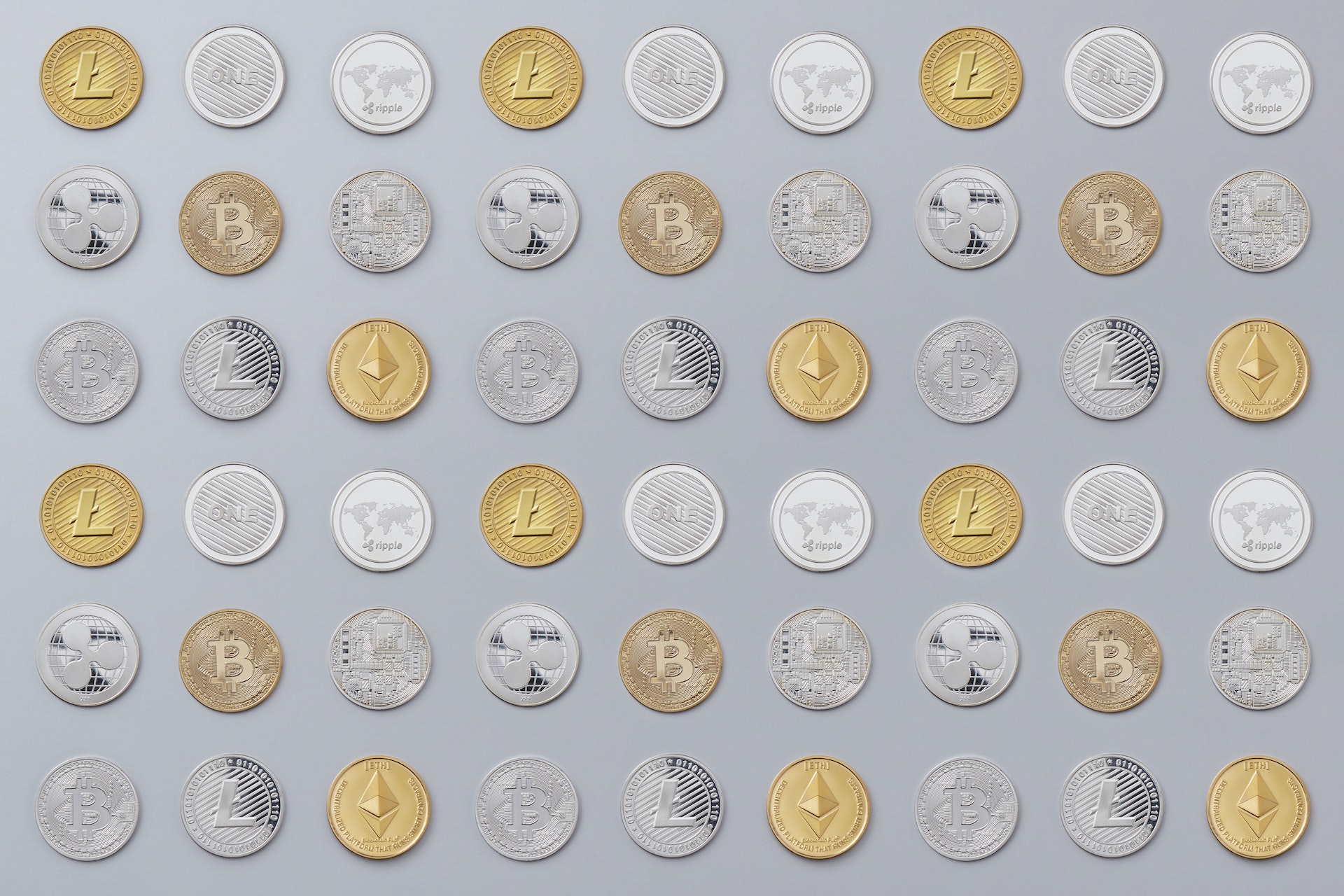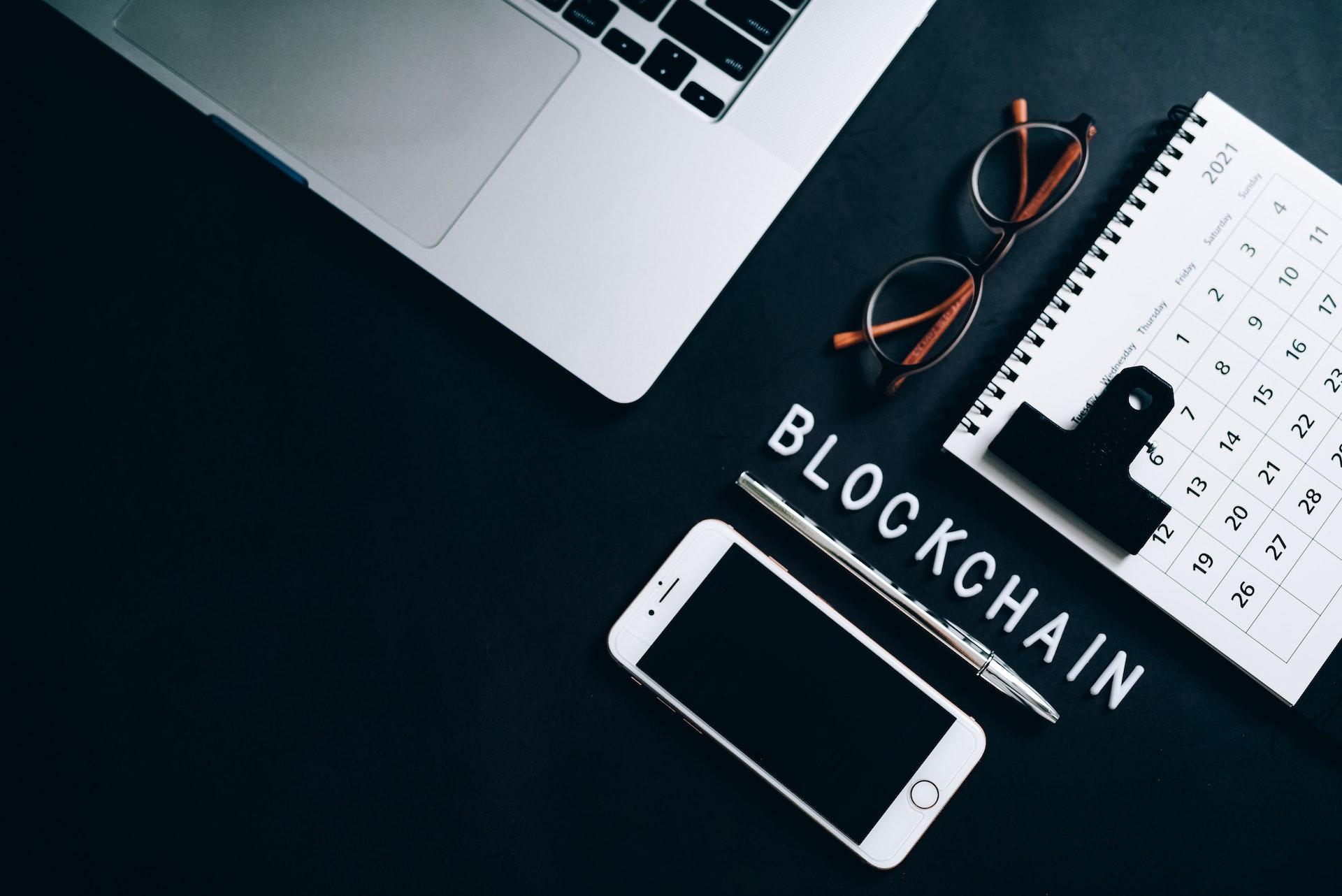This disruptive technology has been going strong and many praise its multiple applications in different fields, from finance to medicine, including the environment. These are the terms that you have to know to understand what is being talked about when talking about ‘blockchain’.
Languages grow, intermingle, change. The latest edition of the Dictionary of the Spanish language, published in 2014, contains more than 93,000 words (5,000 more than the previous one) and almost 200,000 meanings. The Oxford English Dictionary, the most complete in the English language, about 600,000, which increased by 1,400 in its last revision. Globalization and the development of new technologies make it necessary to create new concepts and give new meanings to existing ones.
One of the latest emerging technologies is the blockchain, or chain of blocks. This term, which in itself may sound difficult to understand, is not usually understood without proper context and background. The need for its own dictionary is becoming more fashionable and grabs more headlines and, from Blockchain Spain, they have gotten down to work.
“As we are dealing with something completely new, a new language is also created. You have to coin terms and agree on what they mean”, explains the consultant, blockchain analyst and project collaborator, Íñigo Molero.
These are the words that you have to know if you want to understand what it is to buy cryptocurrencies and invest in Bitcoin.
Before we begin: where did blockchain come from?
The person (or people): Satoshi Nakamoto
Although his true identity is unknown, the creator or group of creators behind the origin of blockchain is hiding under the name of Satoshi Nakamoto. On November 1, 2008, Satoshi released a document in which he describes a digital money system. In January of the following year, he launched the Bitcoin software or protocol and the first currency units, called bitcoins, to the world. Molero points out that it did not arise from a preconceived idea, but that “Nakamoto’s great feat was to take all the technology of public key cryptography, RSA algorithms (cryptographic systems) and prime factorization, and condense it elegantly”.
The goal: eliminate double spending
Imagine you are selling a digital photo and sending it by email. That asset is still on your computer, it is also on the recipient’s computer, and it may be on the computer of a third party that has hacked into the network. This is the problem with digital money: the so-called double spending, the defect whereby the same digital currency can be spent more than once in a decentralized system. “This is Satoshi’s revolution: blockchain solves something that could not be solved until now; The security and transparency is such that it manages to eliminate the effect of double spending”, explains the project coordinator Beatriz Lizarraga, who adds: “With blockchain, when you send the image, it disappears from the computer and all movements are reflected”.
The method: in open source (open source)
Nakamoto chose this model of software development, based on open collaboration, in which everyone can have it freely. “This way of working has made blockchain a community of knowledge that is continuously generated and shared,” praises Lizarraga.
The key: decentralization
It is the characteristic of systems that do not depend on a central point for them to work. Molero highlights this keyword of the blockchain because “in decentralized models, ideas flow, we are all connected and it grants independence.”
Basic vocabulary
Blockchain (chain of blocks)
It is a distributed transactional database, made up of chains of blocks designed to prevent its modification once a piece of data has been published, according to the definition of the Blockchain Spain glossary. This technology decentralizes management and eliminates intermediaries like an account book where the blocks (the corresponding records) are linked as a chain and protect the security and privacy of information using cryptography.
Cryptocurrency
It is a digital medium of exchange that is used in the blockchain and that differs from traditional currency and money in that it is not controlled by a central body; that is, it is decentralized. Litecoin, ether and bitcoin are cryptocurrencies.
Bitcoin
It is the most famous cryptocurrency, with which it all began. It is used in the digital system of the same name (capitalized). As Molero explains: “It is the first model of use of blockchain technology, intended to be a payment system without intermediaries.” Satoshi wanted a currency with the same characteristics as gold: that it was limited (there cannot be more than 21 million bitcoins), not so easy to extract and that it maintained its value over time, or even increased in value.
Satoshi
It is one hundred millionth partof a bitcoin.
Altcoins
It is an alternative currency (alternative coin) derived from bitcoin or another cryptocurrency.
Token
It is a unit of value, a digital asset on the blockchain. Although sometimes used interchangeably, a token is not the same as a cryptocurrency: all cryptocurrency is a token, but not all tokens are cryptocurrencies. That is to say, the cryptocurrency would be the closest thing to what we understand by coins or physical money (euros, dollars, the coins themselves and the bills), while token also encompasses other assets such as fair tokens, bullion gold or financial assets.
Miner
Continuing with the parallelism of gold and bitcoin, the miners are the nodes that validate the transactions and create blocks in the system. After the mining process, they obtain the cryptocurrency of that blockchain as a prize.
Proof of Work
“It is the consensus mechanism that blockchain achieves so that all users of the ecosystem agree that all the transactions that have been collected are valid,” says Molero.

The revolution of the economy
Tokenomics or token economy
This is the study of the creation of economic incentives, which are based on the creation of value units on which self-governing business models are devised. According to Lizarraga, this “allows value to be distributed in a completely open and transparent manner, where trust and consensus play a fundamental role thanks to the characteristics inherent to the chain of blocks.”
ICO (Initial Coin Offering)
“It is a new form of financing for blockchain developments, a kind of crowdfunding in which a start-up issues its own currency and sells it to finance itself and continue developing its project. It has also democratized access to an investment because anyone can buy these cryptocurrencies,” says Molero. Since last year, they have been the rage in the world of technological investment: the Status application raised 270 million dollars in less than three hours.
Wallet
It is a kind of virtual wallet that allows you to save, send and receive cryptocurrencies, as if it were a bank account. This software stores the private keys that are needed to access cryptocurrencies; if they are lost, the money is lost.
Smart contract (smart contract)
It is a computer program that acts like a contract and has the ability to be automatically enforced when both parties have agreed to the terms. It works on a chain of blocks in a decentralized way.
Oracle
It is the way in which smart contracts can act with data external to the blockchain environment; for example, to link blockchains with the Internet of Things (IoT) or other technologies.
The theory is clear. And the practice? Lizarraga recommends that if someone really wants to understand the chain of blocks, “they have to mess around, buy very little of a cryptocurrency, try Bitcoin or Ethereum, and get to know the experience”
In any case, it will not be necessary to be an expert to be able to use blockchain, as has happened with other technologies. “For blockchain to become global, it is not necessary for everyone to understand the most sophisticated concepts, the most basic will suffice,” says Molero. In the end, as the expert emphasizes, “when you’re passionate about something and you see how interesting it is, you always try to learn.”

